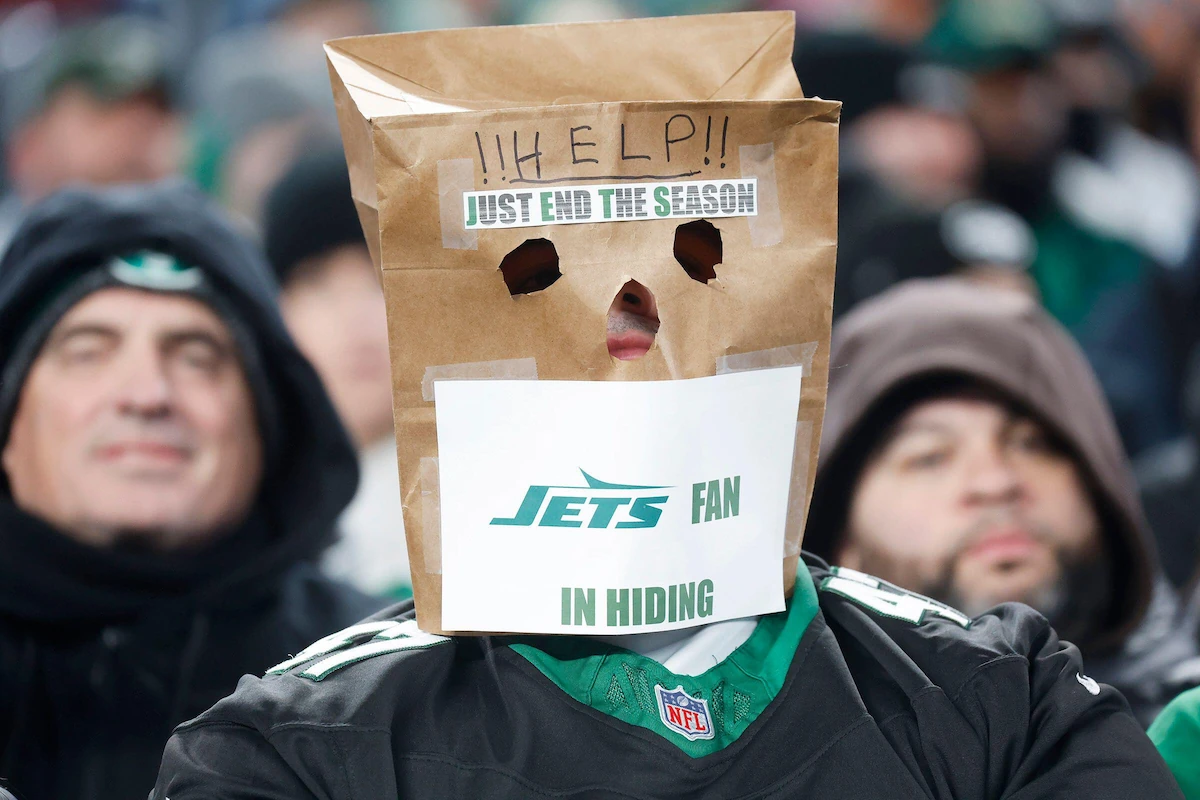Latest Sports Picks, News and Previews

Relegation is a fundamental feature of European soccer leagues, where the worst-performing teams drop down a tier and the best lower-league teams rise to the top.
But what if the NFL adopted this system, integrating the USFL, or another league, as a second-tier league? The idea might sound outlandish, but it could transform the league in ways that rid of tanking and promote sustained competitiveness, continue and cement global expansion of the sport and keep fan bases of weaker teams engaged until the season’s end.
Under this system, the two worst teams in the NFL (32-team league) could be relegated to the USFL at the end of each season, while the top two teams from the USFL would be promoted to the NFL. This structure ensures that every game matters, not just for playoff hopefuls but for struggling teams fighting to avoid the dreaded drop.
One of the biggest criticisms of the NFL’s current format is that late-season games between bottom-tier teams lack excitement. A Week 18 matchup between, say, the New Orleans Saints and Carolina Panthers might have little impact on the broader playoff picture.
But with relegation, those teams would be fighting for their NFL survival, turning previously low-stakes games into meaningful battles. Tanking for a better draft pick would also become a thing of the past – losing too much could mean losing NFL status.

A relegation system would also pave the way for NFL expansion. Cities with major metropolitan areas that don’t have NFL teams, like San Diego, St. Louis, Orlando and Portland, could establish USFL teams, giving them a pathway to the NFL.
Unlike traditional expansion, which disrupts the league’s balance and often results in futile years for new teams, promotion offers a merit-based system for cities and franchises to earn their keep and establish consistent greatness.
A secondary league would provide additional opportunities for players who don’t make the NFL cut. Right now, talented players who struggle to crack a roster often fade into obscurity. With relegation and promotion, these athletes could prove themselves in a competitive setting, earning a second shot at the NFL. A star in the USFL could be called up, much like in soccer, creating new storylines and fan engagement.
For relegation to work, the NFL draft system would need some tweaking. Promoted teams would likely receive the top draft picks to help them compete, ensuring they don’t immediately get sent back down. Salary cap rules would also need adjustment.
A lower-tier team would have a smaller salary cap to fit its smaller market, but upon promotion, it might receive increased financial flexibility to build a competitive roster. Conversely, relegated teams would face financial constraints, forcing them to shed expensive contracts and rebuild from within.
Relegation could also shake up player transactions. Struggling NFL teams might trade high-cost veterans to USFL squads for younger, hungrier players. Contending NFL teams may have excess depth at a position and could afford moving a player whose value carries significant weight in the USFL.
Alternatively, a USFL star could be promoted mid-season, reinforcing an NFL squad in need. This dynamic would add a new layer of strategy to roster building.
Despite its potential, NFL relegation faces significant hurdles. The biggest obstacle is financial, as NFL owners enjoy massive TV deals, taxpayer-funded stadiums and guaranteed revenue regardless of team performance. Relegation would jeopardize that security, and no owner wants to risk losing a lucrative NFL slot.
Additionally, football is a uniquely brutal sport. Unlike soccer, where relegated teams can still be financially stable, the risk-reward ratio for NFL players in a lower league is far less appealing. With the average NFL career lasting just 3.3 years, players may be unwilling to risk injury for a fraction of the salary.

Zach has been a published sports writer since 2018 specializing in college football & basketball, MLB and NFL content for multiple publications.